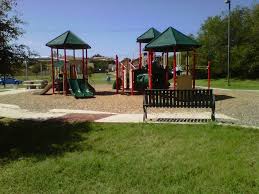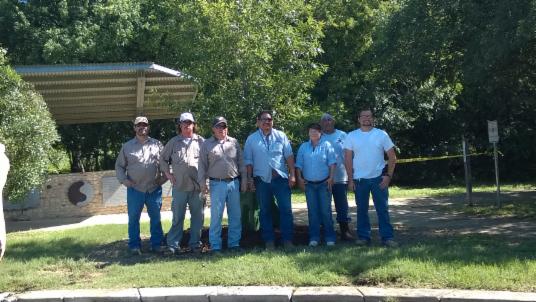

Cavasos died in 1948 and the project was abandoned. Coppock envisioned a castle-like house, but completed only its foundation. Coppock in February 1923 for $6,000.Ĭoppock was a romantic and history aficionado, and with assistance from his two sons and a man named Tarquino Cavazos, he constructed an extensive compound on the hill including a four-story, medieval-style stone tower. After Adolph Reeh died, Gustav sold a portion of his land to retired Army Colonel Edward H. The Reeh brothers used the land for farming. In July 1890, they sold 524.6 acres of the land to German immigrants, Gustav and Adolph Reeh of Bexar County for $3,500. The Calders lived in Galveston and apparently did not use the Comanche Lookout property. She later married Samuel Douglass Calder, also a member of a prominent Texas family. It is not clear why Lamar purchased the land described in his deed as "including the hill known as Comanche Lookout." The property was inherited by Lamar’s daughter by his second marriage, Loretto Evalina (1852-1933) who was only seven years old when her father died in 1859. Lamar served as second president of the Republic of Texas (1838-41) and enjoyed a long and distinguished political, military and diplomatic career. The Comanche Lookout property was acquired by Mirabeau B. Frequent sale of land grants was not uncommon during the Republic and early Statehood periods in mid-19th century Texas. Gray, Alexander Patrick, and Ludovic Colquhoun. The property subsequently had a number of owners including Peter W.

The land surrounding and including Comanche Lookout was part of Land Grant Survey #196 comprised of 1,476 acres that was surveyed for James Conn in April 1847. The road followed earlier American Indian travel routes, and today its remnants are known as Nacogdoches Road. The old Spanish road (one of several routes of the Camino Real or Royal Road) from San Antonio to Bastrop and Nacogdoches in East Texas extended past the base of the hill.

The hill was also a prominent landmark for travelers in the 18th and 19th centuries. The Apache, and later, the Comanche Indians dominated the area as they hunted along waterways including nearby Cibolo Creek. Native Americans used this hill as a vantage point for warfare and hunting. Vegetation on the hill includes native ash juniper, Texas and Mexican buckeye, chinaberry, graneno, Lindheimer hackberry, honey mesquite and huisache. The Cibolo floodplain lies at the base of this escarpment between the Gulf Coastal Plain and the Edwards Plateau. The site includes the fourth highest point in Bexar County with an elevation of 1,340 feet. This is the first paragraph for the chapter on Comanche Lookout Park that I wrote for Ghosthunting San Antonio, Austin, and Texas Hill Country! It is a very mysterious and interesting site and, as I learned more and more about it, became the basis for the largest chapter in the book.Comanche Lookout Park is a 96-acre public park owned by the City of San Antonio. Investigation of its history will reveal some genuinely strange things about it." It might feel on its face to the casual visitor or ghosthunter, an Ghosts who have long been believed to haunt it. That, of course, can be the best way to explore andĪppreciate this profoundly historical site, to investigate the legendsĪssociated with it, and to possibly come into contact with some of the many Jog by wraithlike and without acknowledgement, are likely to have the place

Those who visit it during normal business hours are likely to getĪn accentuated sense of this and, other than a few headphone-wearing people who Really is despite being surrounded by major roads, shopping plazas, and housingĭevelopments. The sense of being a microcosm and frequently seems more isolated than it One of San Antonio's smaller municipal parks, 96-acre Comanche Lookout Park has


 0 kommentar(er)
0 kommentar(er)
